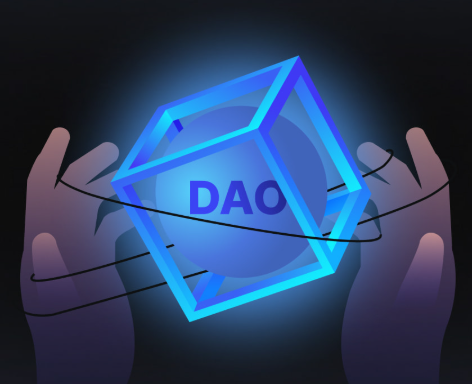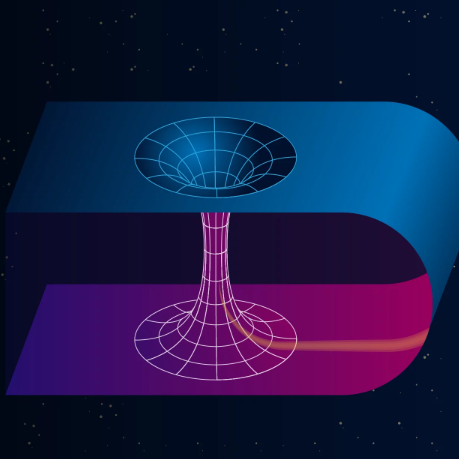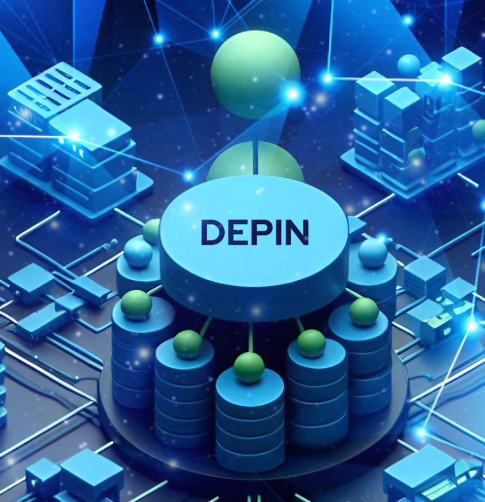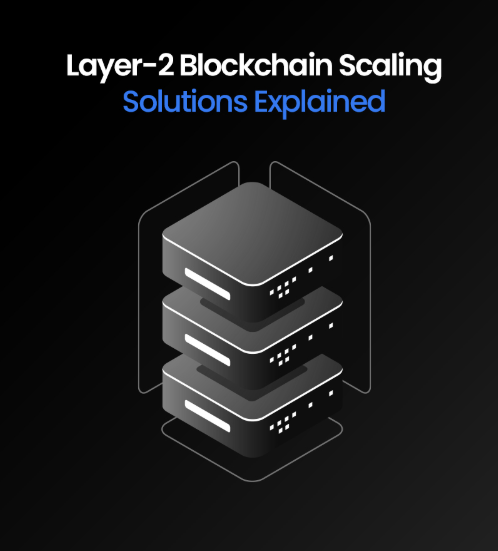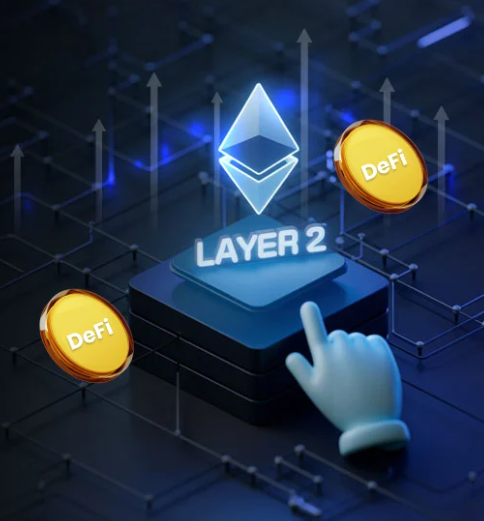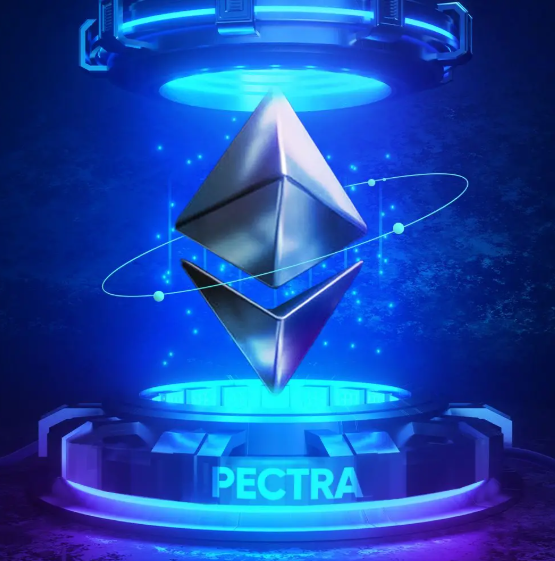
On May 7, 2025, Ethereum reached a landmark milestone with the successful activation of the Pectra Upgrade. Building on the success of the 2022 Merge, Pectra represents more than just incremental improvements; it transforms how users, developers, and validators engage with the blockchain. In an increasingly competitive blockchain landscape, Pectra reinforces Ethereum’s commitment to long-term growth by enhancing scalability, usability, and staking features.
Let’s dive into the specifics of why Pectra is a game-changer and how it impacts users, developers, and the Ethereum ecosystem as a whole.
What Is the Pectra Upgrade?
Pectra is a dual-layer hard fork, introducing two significant upgrades: the Prague execution layer and the Electra consensus layer. These two innovations are designed to improve Ethereum’s performance by incorporating eleven Ethereum Improvement Proposals (EIPs). These proposals enhance usability, streamline staking processes, improve the developer experience, and increase data efficiency to enable scalable blockchain solutions.
Key Features and Innovations
- Account Abstraction and Smart Wallets
The standout innovation in Pectra is Account Abstraction (EIP-7702), which allows Ethereum wallets to function as smart contracts. This change empowers wallets to:
- Pay transaction fees in any token, not just ETH.
- Enable batch transactions for smoother, quicker experiences.
- Use session keys to enhance security across decentralized applications (dApps).
For users and marketers alike, this is a significant step forward. Onboarding becomes easier, as users no longer need to purchase ETH for transactions. Instead, third-party platforms can sponsor transaction fees, making Ethereum more accessible to a broader audience.
- Revised Staking Mechanisms
One of the key changes in Pectra is the increase in the maximum staking limit per validator, which now stands at 2,048 ETH, up from 32 ETH. This adjustment simplifies the process for institutional stakers, who no longer need to manage hundreds of individual validator nodes. This move helps Ethereum attract more institutional investment while reducing complexity.
In addition, validators now have greater control over their withdrawal timings, offering more liquidity and flexibility.
- Enhanced Scalability and Data Efficiency
Ethereum has long faced challenges around scalability and high transaction costs. Pectra addresses these issues through the introduction of Peer Data Availability Sampling (PeerDAS) and Verkle Trees. These new data structures drastically reduce storage requirements for validators, streamlining the network and reducing transaction fees, paving the way for future upgrades like full sharding.
Impact on Users
- Simplified Transactions and Enhanced Usability
With account abstraction, users can now pay fees in stablecoins or any ERC-20 tokens, not just ETH. This makes Ethereum much more accessible for non-technical users. Additionally, batch transactions and session keys make interactions with dApps smoother and more secure. - Lower Transaction Costs
By improving data handling and reducing congestion, Pectra is expected to reduce gas fees, making Ethereum more affordable for daily users. - Improved Wallet Functionality
Wallets now support advanced features like transaction batching, increasing usability and security while reducing complexity for new users. - Flexible Staking Options
With higher staking caps and more control over withdrawal timings, both individual and institutional stakers gain more flexibility and control over their assets.
Impact on Developers
- Simplified Contract Deployment
The new EVM Object Format streamlines the process of creating and managing smart contracts, making it easier and more cost-effective to develop decentralized applications (dApps). - Enhanced Developer Tools
Account abstraction allows developers to experiment with innovative wallet and security models, accelerating the development of new features. - Increased Layer 2 (L2) Data Capacity
Pectra doubles the data storage available on L2 networks, improving transaction speeds and reducing costs, thus benefiting Ethereum’s scaling solutions.
Impact on Validators and Stakers
- Validator Consolidation and Efficiency
The new cap on staking allows large validators to consolidate their operations, simplifying node management and increasing operational efficiency. - Greater Control for Stakers
Validators can now better manage their assets with features like incremental staking and direct withdrawal triggers, making staking more flexible and appealing to a wider range of participants.
Strategic Implications for Ethereum’s Ecosystem
- Positioning Against Competitors
Pectra comes at a crucial time for Ethereum, which faces increasing competition from faster and more scalable blockchains like Solana. By improving user experience, reducing transaction costs, and enhancing scalability, Ethereum aims to strengthen its leadership in the smart contract space. - Governance and Community Support
Pectra’s successful implementation follows a period of community reflection on Ethereum’s leadership and long-term vision. The smooth deployment of the upgrade signals a renewed sense of confidence in Ethereum’s roadmap and its future.
Challenges and Considerations
- Security and Standardization
New features like account abstraction and the increased staking limit introduce potential risks. Ongoing testing and vigilant community oversight will be critical to maintaining Ethereum’s security and resilience. - Validator Centralization
While Pectra simplifies operations for large validators, the increased staking cap could lead to a concentration of power. Ethereum’s design and governance structures will need to ensure that decentralization and security are not compromised.
Conclusion
The Pectra upgrade marks a defining moment in Ethereum’s evolution. By introducing major technical enhancements alongside improvements to user experience, developer tools, and staking processes, Pectra positions Ethereum for the next phase of growth in decentralized applications, Layer 2 scaling, and blockchain adoption.
For users, the upgrade means cheaper, simpler, and more powerful interactions with Ethereum. Developers gain new tools and efficiencies, while validators enjoy enhanced flexibility and control. The broader Ethereum ecosystem stands to benefit from these innovations, reinforcing Ethereum’s position as a leader in the blockchain space.
With Pectra, Ethereum has taken bold steps toward securing its future as a decentralized technology powerhouse, ready to meet the challenges and opportunities of the next decade.





















